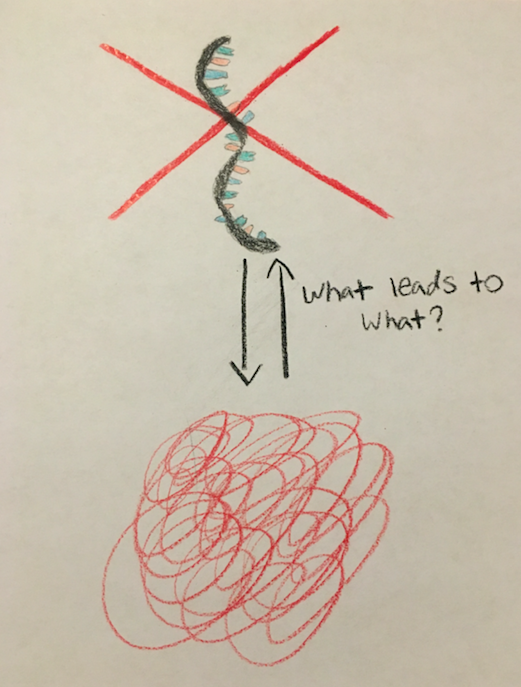It all starts out with muscle weakness in either the hands or the feet, and slowly progresses to slurred speech, stumbling, bad posture. These are just some of the early symptoms of ALS and they only get worse as the disease progresses. Which, in most cases, is a relatively fast progression. In most cases of ALS, the individual diagnosed will generally pass away from the disease within 3 years. However, there are cases of people that live 13 or 14 years, maybe even more with the disease but as sad as it is, these are rare cases.

Forms of ALS
There are two different forms of ALS, the first form is sporadic ALS.
Sporadic ALS makes up roughly 90% of all cases and is defined as a random onset of the disease. There is not a genetic factor to this form, meaning it is not passed down from family member to family member. However, family members of those diagnosed with sporadic ALS are at an increased risk of being diagnosed themselves, this is still a relatively low risk.
The second form of ALS is familial.
Familial ALS is just as it sounds. The genetic form, meaning it is passed down from family member to family member. This makes up only 10 % of all cases. Within this 10% there is roughly a 25-40% chance ALS is caused by a mutation on the C9orf72 gene. This gene mutation is also associated with atrophy in the frontal lobe of the brain, which is linked to frontal lobe dementia. This form of dementia could possibly be associated with the cognitive declines that go along with ALS.
So What is Causing ALS?
There are two main ideas about the cause of ALS, however it is unknown which one comes first in the pathway.
It is believed that oxidative stress within the brain leads to RNA dysfunction, which is linked to the onset of ALS. It is also believed that RNA dysfunction leads to oxidative stress which then leads to the onset of ALS. This is like a vicious cycle because we don’t know what causes what. Does RNA dysfunction cause oxidative stress or does oxidative stress cause RNA dysfunction? We are also unsure of what is causing either of them to occur in the first place, which is what science is trying to figure out.
It IS known that the proteins TDP43 and FUS are spliced away from the nucleus and aggregate in the cytoplasm. They are then localized and trapped within stress granules, and this is somehow leading to the onset of ALS.

Sources:
https://www.webmd.com/brain/understanding-als-symptoms#1
https://moodle.cord.edu/pluginfile.php/625305/mod_resource/content/0/ox%20stress%20and%20mito%20damage%20in%20ALS%202016.pdf
